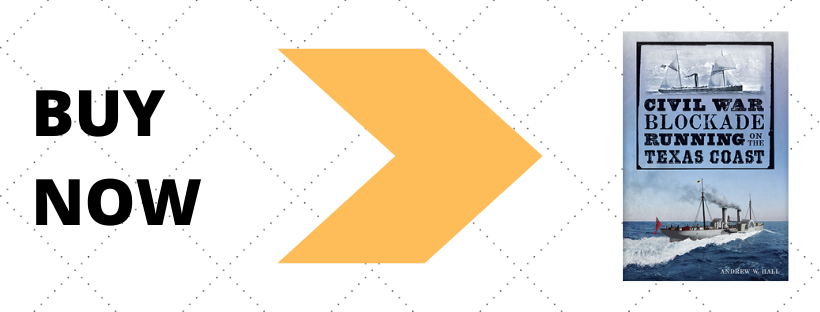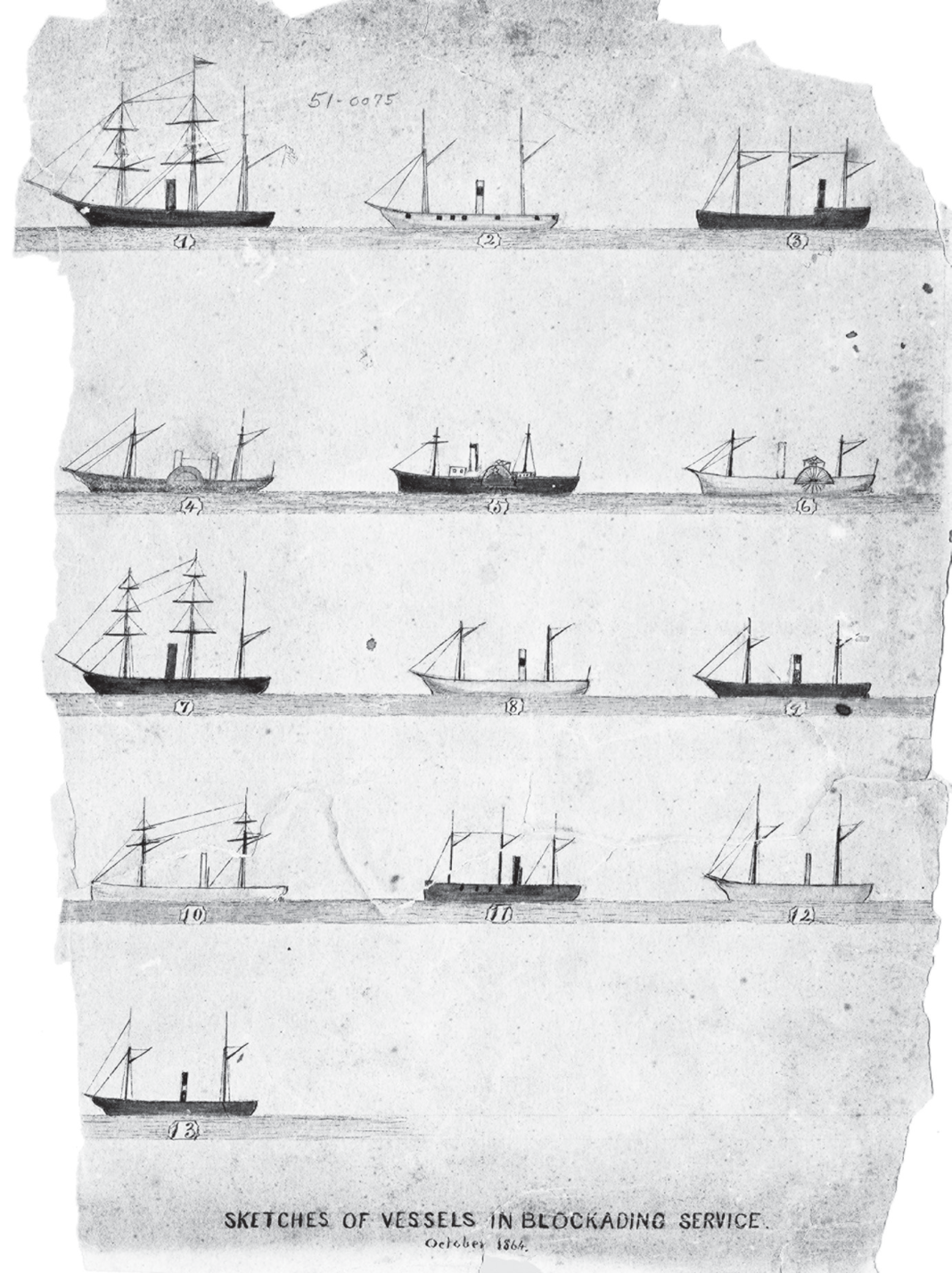
During the Civil War, was the fiercely independent frontier state of Texas in the Confederacy? It sure was! In fact, Texas played a larger role in the Civil War than most realize. Few would argue that Texas is part of the Deep South. Although “Dixie” isn’t really a word Texans use, many fought to preserve slavery in their state, leading to many colorful events on the waters of the Texas Gulf Coast, and adding another layer to the state’s colorful history.
Cotton was big business in Texas. Real estate speculators the Allen Brothers were so hell-bent on capitalizing on the versatile crop that they founded Houston on a major waterway with access to the Gulf of Mexico. Spanish and Mexican governments had built and maintained roads, but Texans built ports on waterways to maximize commerce. During the Texas Revolution and after Texas won her independence from Mexico in 1836, the new Republic of Texas captured the imaginations of Americans living in neighboring southern states. New Texans brought their plantation culture which relied on cotton and sugar as cash crops. In the 1840s and 50s, Galveston Island exploded as a major port for immigrants and commerce, while slavery remained integral to the success of cotton in Texas, which seceded from the U.S. to preserve that doomed practice.
In an effort to prevent Confederate commerce in the Gulf Coast, President Lincoln issued Proclamation No. 81, “Declaring a Blockade of Ports in Rebellious States” which stated that “a competent force will be posted so as to prevent entrance and exit of vessels from the ports aforesaid” in South Carolina, Georgia, Alabama, Florida, Mississippi, Louisiana and Texas. Any vessel that attempted to violate the blockade would be stopped. Immediately, Galveston had an unofficial army of lookouts for federal ships, and blockade running kept trade with other countries flowing.
To the Confederates that produce the cotton;
A BLOCKADE RUNNER’S TOAST, AS RECORDED BY WILLIAM WATSON
to the Yankees that maintain the blockade and keep up the price of cotton;
to the Britishers that buy the cotton and pay the high price for it.
Here is to all three, and a long continuance of the war,
and success to blockade runners.
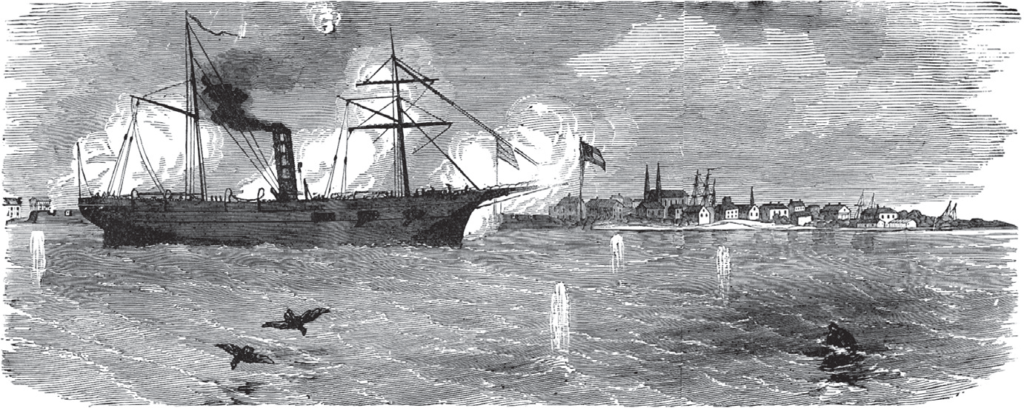
The USS South Carolina arrived at Galveston in July 1861 to enforce the federal blockade. Her captain was nominally successful, halting several small sloops and schooners attempting to pass through Galveston. The U.S. Navy became increasingly successful in capturing or destroying runners, but blockaders grew bolder in their actions. In 1862, lookouts aboard the USS Montgomery spotted a large schooner anchored inside San Luis Pass. Shrewdly, the captain hoisted British and Confederate flags, and succeeded in taking the schooner’s crew by surprise.
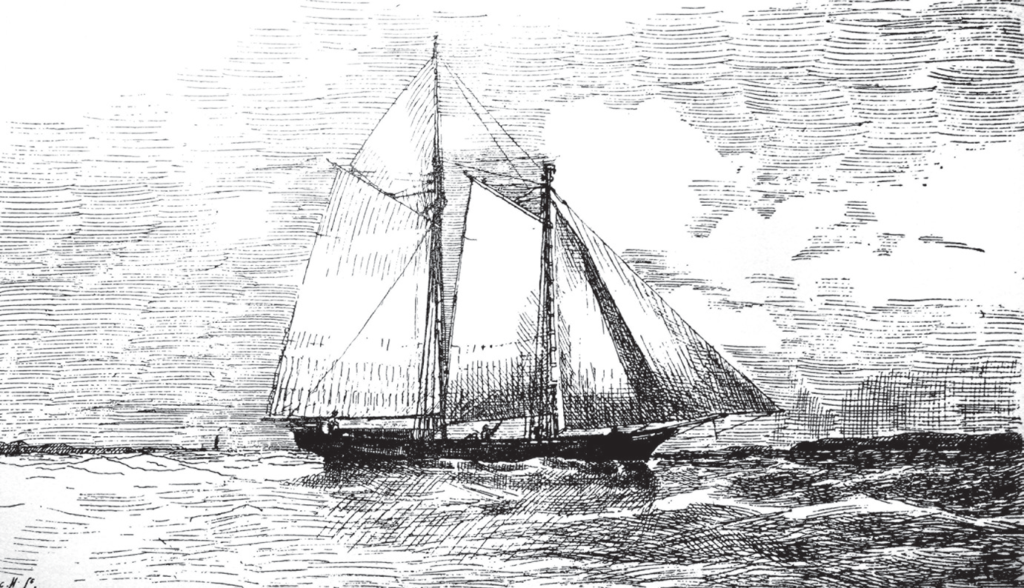
Tricks were used by both sides — false signals, hidden cargoes, neutral flags and forged sailing papers were all part of the game played by blockade runners and the U.S. Navy. One of the most successful runners was Scotsman William Watson, who enlisted in the Confederate army at the onset of the Civil War. As a resident of Baton Rouge, Watson acquired a schooner, the Rob Roy, whose flat bottom was well suited for blockade running. Watson’s Rob Roy eventually made three round trips running the federal blockade into Texas.
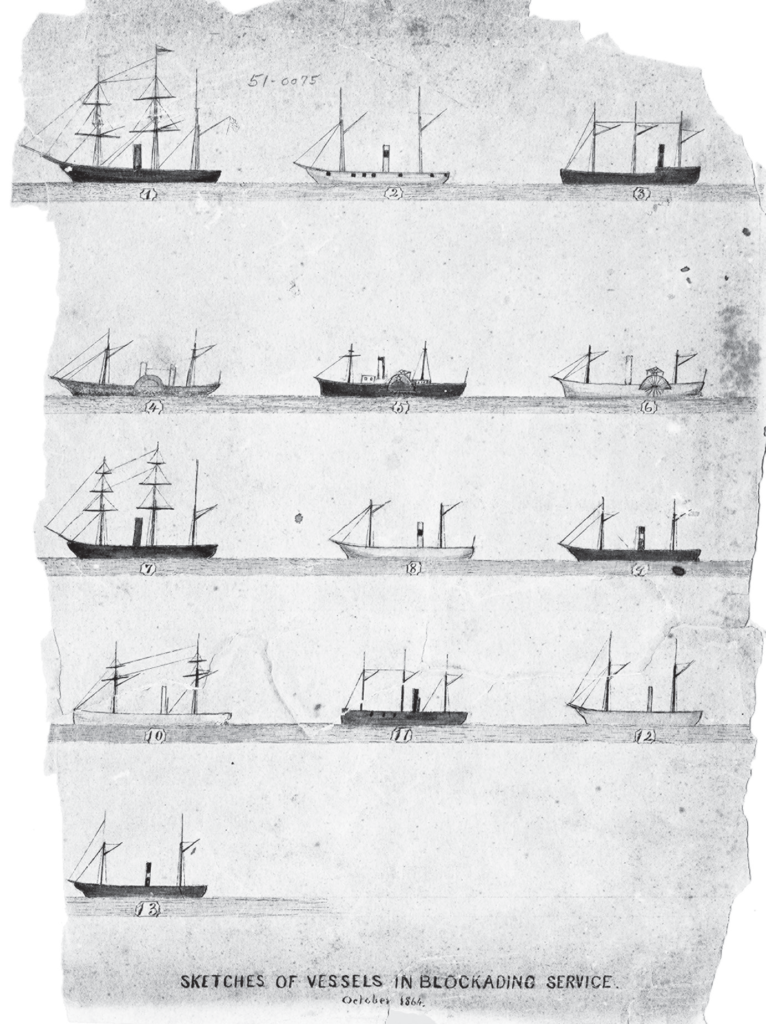
In the final months of the Civil War, blockade running at Galveston peaked, as it was the only remaining Confederate port. Federal ships concentrated on the Texas coast as blockade runners arrived at Galveston at the rate of about one a week—at least twenty arrivals in all.
